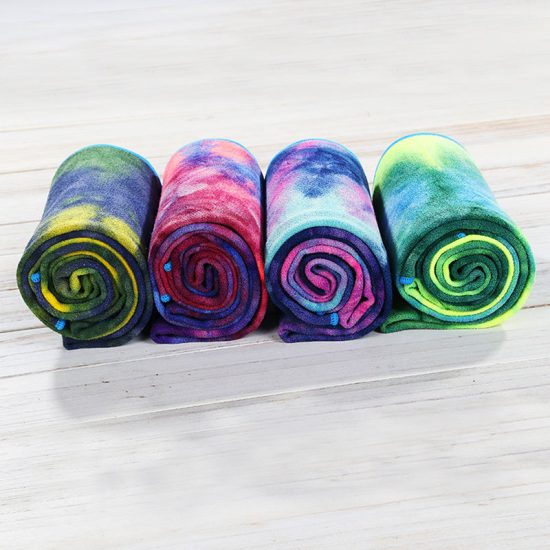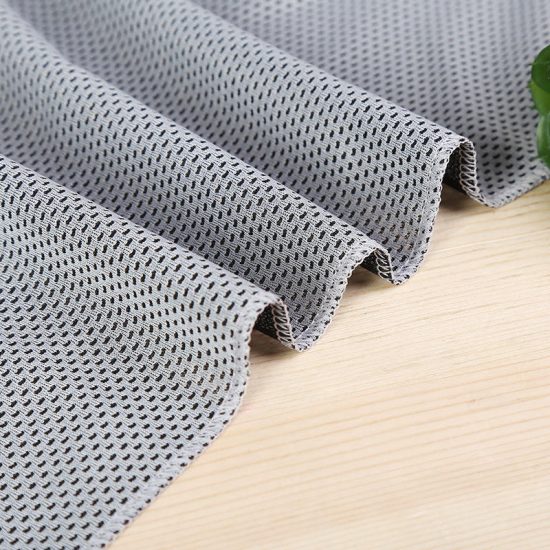Yoga blocks can be incredibly useful for achieving better postures by providing support, stability, and helping to maintain proper alignment. Here’s a guide on how to use yoga blocks to enhance various yoga postures:
Standing poses:
Mountain pose (tadasana):
Place a block between your thighs to engage the inner thighs and promote proper alignment.
Forward folds (uttanasana):
Use blocks under your hands to bring the floor closer, especially if you have tight hamstrings. This allows for a longer and more comfortable stretch.
Triangle pose (trikonasana):
Place a block on the outside of your front foot and rest your hand on it. This modification helps maintain balance and supports proper alignment.
Seated poses:
Seated forward bend (paschimottanasana):
Sit on a block to elevate your hips, which helps to tilt the pelvis forward and lengthen the spine. This modification can make the stretch more accessible.
Hero pose (virasana):
Sit on a block between your feet to reduce strain on the knees and ankles. This modification is helpful for those with limited flexibility in the quadriceps.
Twists:
Seated twist (ardha matsyendrasana):
Sit on a block to lift your hips, allowing for a deeper twist. You can also place a block behind you for added support.
Backbends:
Bridge pose (setu bandhasana):
Place a block under your sacrum to support and lift your pelvis. This modification provides a gentle backbend and is great for those working on back flexibility.
Cobra pose (bhujangasana):
Place a block under your hands to lift the chest and support proper alignment in cobra pose. This is especially beneficial if you have wrist issues.
Balancing poses:
Tree pose (vrikshasana):
Hold a block against the inner thigh for support and stability as you balance on one leg.
Half moon pose (ardha chandrasana):
Use a block under your supporting hand for added stability. This modification is useful for refining balance and preventing strain.
Restorative poses:
Child’s pose (balasana):
Place a block under your forehead or chest to create a supported variation, promoting relaxation and releasing tension in the lower back.
Supported fish pose (matsyasana):
Use a block under your upper back to gently open the chest and throat. This modification provides support and comfort in this backbend.
Alignment awareness:
Downward dog (adho mukha svanasana):
Use blocks under your hands to relieve wrist pressure and maintain proper alignment. This modification is especially helpful for beginners.
Plank pose:
Place blocks under your hands to make plank pose more accessible and to engage the core effectively.
Remember to listen to your body and use yoga blocks to support your practice rather than force it. As you become more comfortable with the modifications, you can gradually reduce the reliance on blocks. Consistency and mindfulness in your practice will contribute to improved posture and flexibility over time.


